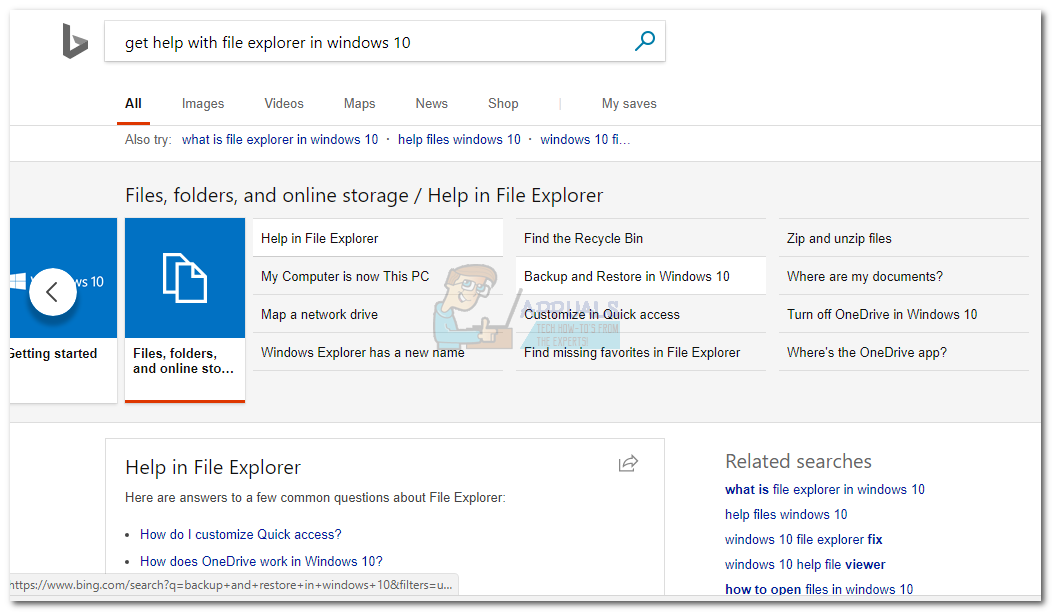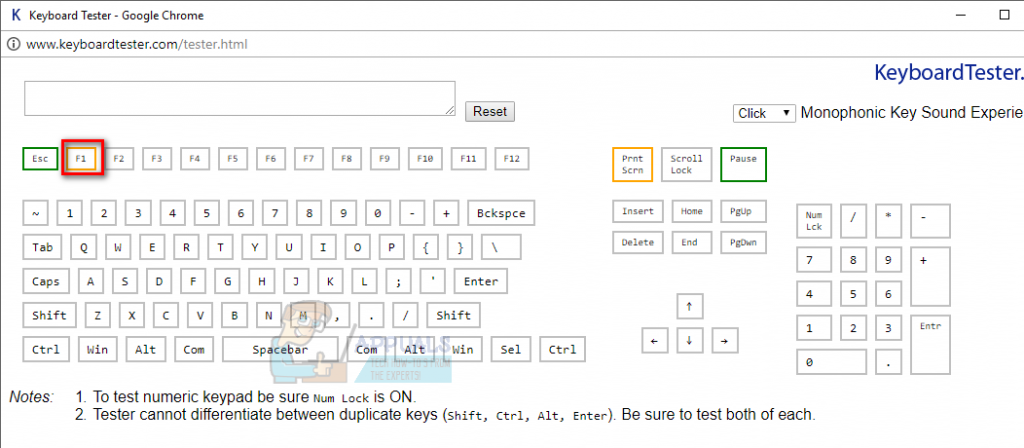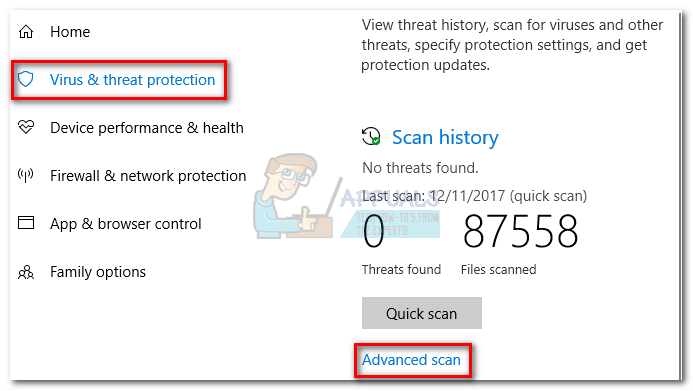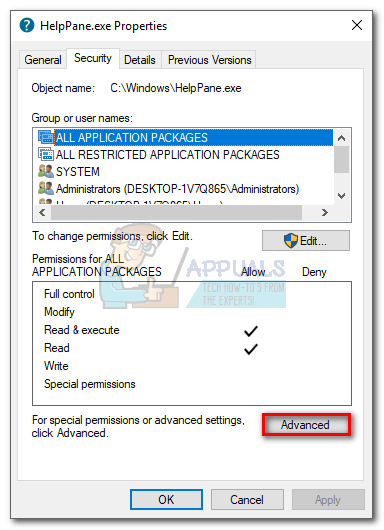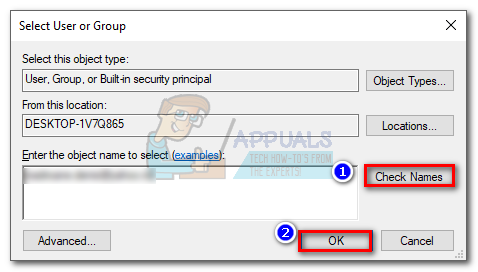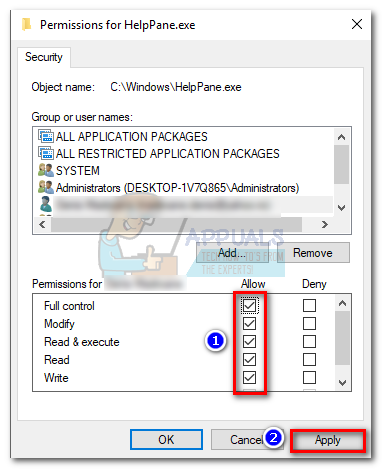Some users have reported that their PC will sometimes automatically open a browser window with a Bing search of ” How do I get help in Windows 10“. Others have complained that their PC ends up opening 15-20 different tabs of the same page – this is not Windows 10 normal behavior. While this can simply be a case of a stuck F1 key, there are browser hijackers that are capable of doing these types of things. However, most of the time this issue will turn out to be a keyboard issue. Besides the standard behavior, there are cases where this Help hotkey will glitch out and open a browser tab every time F1 is pressed, not just in File Explorer. This can quickly become extremely annoying if you want to use the F1 key for something else. If you’re sick of getting these annoying help/support pop-ups, turn to our methods below that have successfully helped users eliminate the issue. Start with the first method and work your way down until you find a fix that works for you.
Method 1: Investigating the keyboard
Since most of the time, this issue is caused by a faulty keyboard or a stuck F1 key, you should start by making sure that’s not the case. If you have the means, try switching your keyboard to another one and see if the behavior repeats. If you’re using a laptop, try to connect an external keyboard. This should bypass the stuck F1 key on your password. Keep in mind that if the connection cables under your keyboard become dislodged, it could end up sending multiple interrupted signals that will end up opening multiple “How to get help in Windows 10” windows. Before you determine that your keyboard isn’t the culprit, use this online tool (here) to check if the F1 key is not pressed automatically by a faulty keyboard. Simply click on Launch the Tester and observe if the F1 key is highlighting without you touching anything.
If that is an issue, you can plug out the current keyboard and plug-in another keyboard to check if the issue is resolved. On a laptop, you can temporarily disable the built-in keyboard.
Method 2: Scanning for Malware
Let’s start by making sure that the pop-ups aren’t caused by a browser hijacker. A browser hijacker is a type of malware that modifies the browser settings without the user’s permission. These are typically used to inject unwanted advertising. Because browser hijackers reside in a grey area (legally speaking), not all of them will get identified by a normal virus scan. In any case, start by doing a full scan with Windows Defender. To do this, double-click on the Windows Defender icon in your taskbar (bottom-right corner). In Windows Defender, click on Virus & threat protection and click on Advanced Scan. Then, select the Full scan and hit the Scan now button. Note: Keep in mind that this process can take over an hour, depending on your hard drive size. When the process is finished, check to see if any malware has been identified. If Windows Defender successfully identified and removed the malware, reboot your PC and see if the random pop-ups are gone. If you’re having the same issue, you can also try running a scan with Malwarebytes before moving to the next method.
Method 3: Disable helppane.exe
If the methods above haven’t made the unexpected help pop-ups to go away, you can try disabling the helppane executable. This might seem drastic and you will lose the help functionality via the F1 key. But if your system has glitched and is opening the same help tab in every application, this will help in stopping that behavior. Here’s what you need to do: That’s it. Now the Help tab triggered by the F1 key will no longer bother you. If for some reason you want the help functionality back, simply rename the HelpPane executable to what it was before. If for some reason, the methods above have been unsuccessful, or if you’re reluctant to modify the permissions using Method 3, you can also consider using SharpKeys. This software is capable of disabling the F1 button entirely. But doing so will defeat the purpose of using the F1 key for another activity.
Method 4: Use Safe Mode or Try Clean Boot Windows
There can be a 3rd party app that can cause the current behavior of the F1 key. To rule that out, either clean boot windows or use Safe mode. Using Safe mode/Clean boot, you will be able to boot your computer without any third-party applications running. From there, you can start enabling the applications again manually and determine which was causing the problem,
How to Remove Windows Help Desk Pop Up Adware?How to Plan a Meetup with the Help of Facebook?CHIPS Act Won’t Help U.S. Chip Manufacturing, According to Former TSMC…What is Readsy and How Can It Help a Reader
